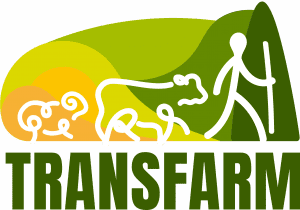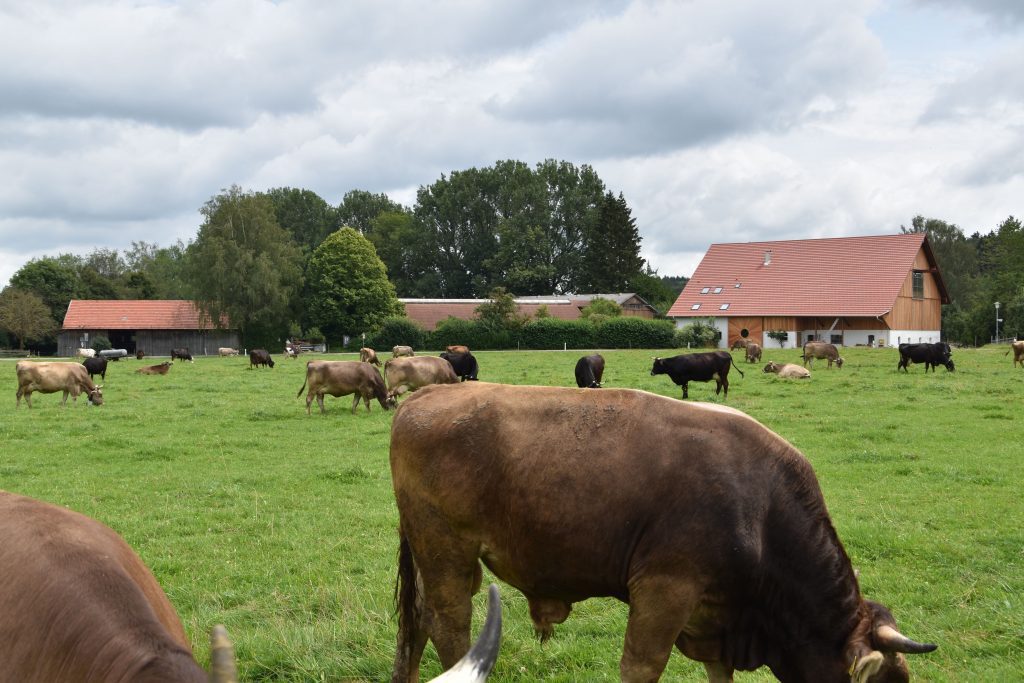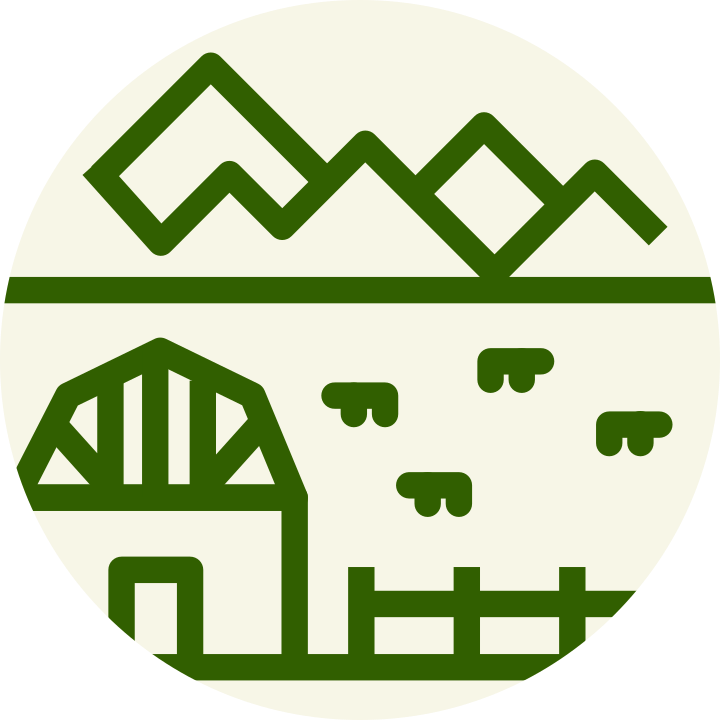The Demeter farm of Herbert Fleck cultivates 60 hectares, 20 of which are leased land. Currently, 48 dairy cows are milked, and most of the milk is processed into fresh milk and yoghurt in the farm’s own dairy. The products are delivered directly to 608 households several times a week by the farm’s own delivery service. The Fleck farm is a member of the producer and marketing association TischGenossen.




